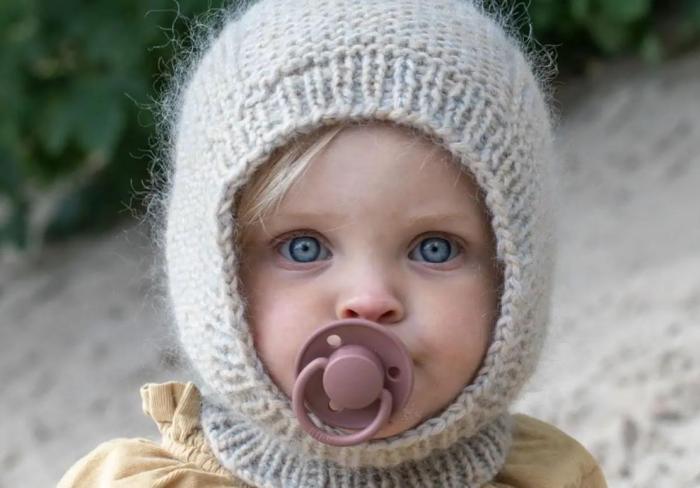Maintaining your baby’s hygiene is crucial for their health. Bibs and pacifiers are everyday items that come into contact with your baby’s mouth and food. Regular cleaning ensures these items remain safe and free from harmful bacteria. In this article, we will explore how to wash bibs and pacifiers effectively, the best practices to follow, and tips for keeping them clean.
Importance of Cleaning Bibs and Pacifiers
Bibs and pacifiers can accumulate food particles, saliva, and bacteria. If not cleaned properly, they can lead to infections and other health issues. Babies have sensitive immune systems. Thus, keeping their items clean is vital for their health and well-being.
Moreover, a clean pacifier and bib contribute to better hygiene practices. Teaching your child about cleanliness at an early age lays the foundation for good habits later in life.
When to Wash Bibs and Pacifiers
Establishing a regular washing schedule is essential. Here are some guidelines on when to wash these items:
Bibs: Bibs should be washed after every use. If your baby is eating solids, food can easily get on the bib. Even drooling can lead to bacteria growth.
Pacifiers: Wash pacifiers regularly. If they fall on the floor or become dirty, they should be cleaned immediately. Also, it’s a good idea to clean them once a day, even if they appear clean.
How to Wash Bibs
Bibs come in various materials, including cotton, polyester, and silicone. Each material has specific cleaning requirements.
Cotton and Polyester Bibs
Rinse Immediately: After feeding your baby, rinse the bib under running water to remove food particles. This step prevents stains and bacteria buildup.
Soak: If there are stubborn stains, soak the bib in warm water with a mild detergent for about 30 minutes. This helps to loosen the stains.
Wash: You can wash cotton and polyester bibs in the washing machine. Use a gentle cycle with cold water. Avoid bleach, as it can damage the fabric and irritate your baby’s skin.
Dry: Air dry the bibs whenever possible. If you choose to use a dryer, use a low heat setting to prevent shrinking.
Silicone Bibs
Rinse: Rinse silicone bibs under warm running water after each use. This helps remove any food residue.
Wash: Use a mild dish soap and a soft sponge or cloth to scrub the bib. Avoid abrasive cleaners or brushes that can scratch the surface.
Sanitize: Occasionally, sanitize silicone bibs by placing them in a mixture of water and white vinegar. Let them soak for about 15 minutes. Rinse thoroughly afterward.
Dry: Allow silicone bibs to air dry completely before storing them.
How to Wash Pacifiers
Pacifiers also come in various materials. Most are made of silicone or rubber. Here’s how to clean them properly.
Regular Cleaning
Rinse: As soon as a pacifier falls on the floor or becomes dirty, rinse it under running water. This will remove visible dirt and germs.
Boil: For thorough cleaning, you can boil pacifiers made of silicone or rubber. Place them in boiling water for 5 minutes. Ensure the pacifier is fully submerged.
Wash: After boiling, wash the pacifier with warm water and mild soap. Rinse it well to remove any soap residue.
Dry: Place the pacifier on a clean towel to air dry completely.
Deep Cleaning
Vinegar Solution: For a deep clean, create a mixture of equal parts water and white vinegar. Soak the pacifier for about 30 minutes.
Rinse and Dry: After soaking, rinse thoroughly with water. Allow it to air dry before giving it back to your baby.
Tips for Keeping Bibs and Pacifiers Clean
Maintaining cleanliness is easier with a few tips and tricks.
Use a Pacifier Clip: A pacifier clip prevents the pacifier from falling on dirty surfaces. This simple tool helps keep the pacifier clean for longer.
Wash Bibs in Bulk: If you use multiple bibs daily, consider washing them in bulk once or twice a week. This saves time and ensures you always have clean bibs available.
Set a Cleaning Schedule: Establish a routine for cleaning bibs and pacifiers. Consistency will help you remember to wash these items regularly.
Use Baby-Safe Cleaners: Always choose cleaning products safe for babies. Avoid harsh chemicals that can irritate their sensitive skin.
Check for Damage: Regularly inspect bibs and pacifiers for any signs of damage. Replace any items that show wear and tear to ensure your baby’s safety.
Storing Clean Bibs and Pacifiers
Once cleaned, proper storage is essential to keep bibs and pacifiers safe.
Bibs: Store clean bibs in a designated area, such as a drawer or shelf. Keep them away from dirty items to avoid contamination.
Pacifiers: Use a clean container to store pacifiers. This keeps them protected from dirt and germs. Ensure the container is also cleaned regularly.
See also: What Are Baby Bibs
Conclusion
Keeping your baby’s bibs and pacifiers clean is essential for their health and well-being. Establishing a regular cleaning routine helps prevent bacteria growth and keeps these items safe for your little one.
Always remember to wash bibs after each use and pacifiers regularly. Use appropriate cleaning methods based on the material. With these simple steps, you can ensure your baby’s items remain clean and hygienic.
By teaching your child about cleanliness early on, you are fostering healthy habits that will last a lifetime. A clean pacifier and bib can make feeding and soothing times safe and enjoyable for both you and your baby.
Regular care and attention to these small items will go a long way in protecting your baby’s health.
Related topics:


